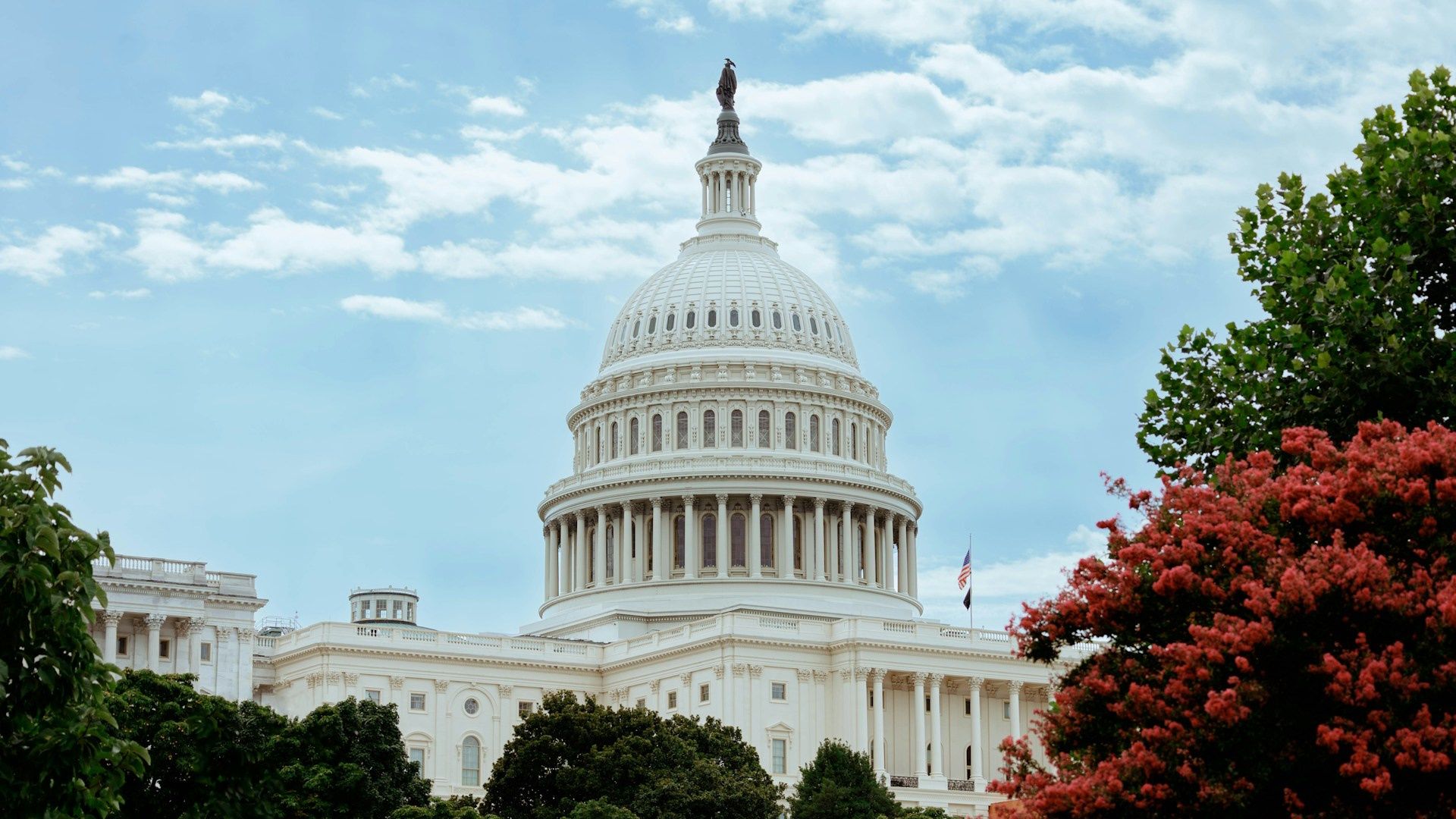Uncategorized
A Blueprint for Crypto Market Structure

The digital asset industry stands at a critical, hopeful juncture.
After years of fragmented approaches to regulation and legislation, we’ve reached a moment where clarity is both urgent and achievable. Blockchain Association’s consensus-driven market structure principles, which represent the perspective of the leading companies in the industry, offer a framework for the path forward. The market structure principles that emerged from this collaborative effort reflect the maturation of the industry and the focus required to enact meaningful legislation and achieve smart regulation.
The principles tackle twelve key areas – at their core is a recognition that consumer protection and innovation are complementary, not competing, priorities. We call for standardized disclosures and robust safeguards while ensuring businesses can innovate without undue burden. This balanced approach extends to custody, where we advocate protecting individuals’ right to self-custody their assets while establishing clear frameworks for institutional custody solutions.
A crucial element of our framework is the distinction between financial activities and other, varied applications of blockchain technology. Smart regulation must focus on genuine financial risks without stifling innovation in non-financial uses of this technology. This extends to the treatment of non-custodial software, services, and smart contracts, which shouldn’t face the same regulatory requirements as traditional financial intermediaries when they don’t custody user assets.
The principles also address one of the industry’s most pressing challenges: token classification. We need clear frameworks for distinguishing between securities, commodities, and other digital assets. This clarity is essential for compliance and growth, particularly as the market matures and new types of tokens emerge.
Our framework recognizes the global nature of digital assets while emphasizing and strengthening U.S. competitiveness. We advocate for reducing friction in cross-border transactions while ensuring U.S. markets remain attractive for investment and innovation. This includes establishing a single secondary trading market to enhance liquidity and price discovery.
Developer protections form another crucial pillar of Blockchain Association’s principles. Open-source software developers shouldn’t face liability when independent actors misuse their code. This protection is essential for maintaining the innovation that drives our industry forward. Similarly, we emphasize the importance of network participation — protecting the ability of individuals and institutions to engage in activities like staking, voting, and peer-to-peer transactions on permissionless networks.
This consensus we’ve achieved on these principles matters because it signals to Congress and regulators that the industry is and has been ready for common sense regulation. We’re not asking for special treatment or regulatory carve-outs. Instead, we’re proposing clear rules of the road that protect consumers, foster innovation, and ensure U.S. competitiveness in a rapidly evolving global market.
But this window of opportunity won’t remain open indefinitely. Market developments, election cycles, and global competition create urgency for action. The industry has demonstrated its readiness to engage constructively with policymakers. We’ve shown that we can find common ground on complex issues and that we’re committed to responsible innovation.
For our Congressional allies, regulators in Washington D.C., and those newly engaging with these issues, these principles demonstrate that the industry is ready for serious policy discussion. For industry participants, they represent a shared vision of responsible market structure. For everyone involved, they offer a path forward at a crucial moment for the future of digital assets in the United States.
The work of enacting smart regulations and drafting and passing legislation remains ahead. But with clear principles, industry alignment, and growing policy sophistication on both sides, we have an unprecedented opportunity to get this right. We have precious few months to get this done, let’s not let this moment pass.
Uncategorized
Elon Musk vs. the regulators
Welcome back to TechCrunch Mobility, your hub for all things “future of transportation.”
Uncategorized
Nvidia’s AI empire: A look at its top startup investments
Over the last two years, Nvidia has used its ballooning fortunes to invest in over 100 AI startups. Here are the giant semiconductor’s largest investments.
Uncategorized
Dating app Cerca will show how Gen Z really dates at TechCrunch Disrupt 2025
Cerca is a dating app that sets users up with mutual friends.
-

 Business12 месяцев ago
Business12 месяцев ago3 Ways to make your business presentation more relatable
-

 Fashion12 месяцев ago
Fashion12 месяцев agoAccording to Dior Couture, this taboo fashion accessory is back
-

 Entertainment12 месяцев ago
Entertainment12 месяцев ago10 Artists who retired from music and made a comeback
-

 Entertainment12 месяцев ago
Entertainment12 месяцев ago\’Better Call Saul\’ has been renewed for a fourth season
-

 Entertainment12 месяцев ago
Entertainment12 месяцев agoNew Season 8 Walking Dead trailer flashes forward in time
-

 Business12 месяцев ago
Business12 месяцев ago15 Habits that could be hurting your business relationships
-

 Entertainment12 месяцев ago
Entertainment12 месяцев agoMeet Superman\’s grandfather in new trailer for Krypton
-

 Entertainment12 месяцев ago
Entertainment12 месяцев agoDisney\’s live-action Aladdin finally finds its stars


